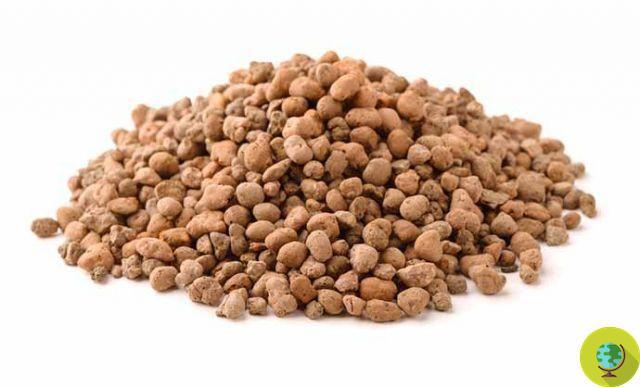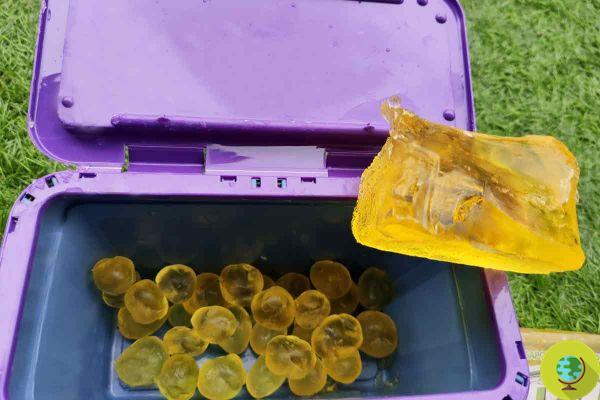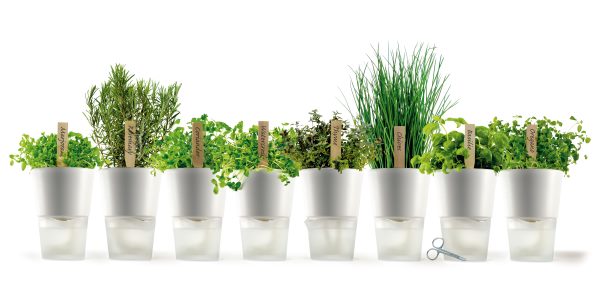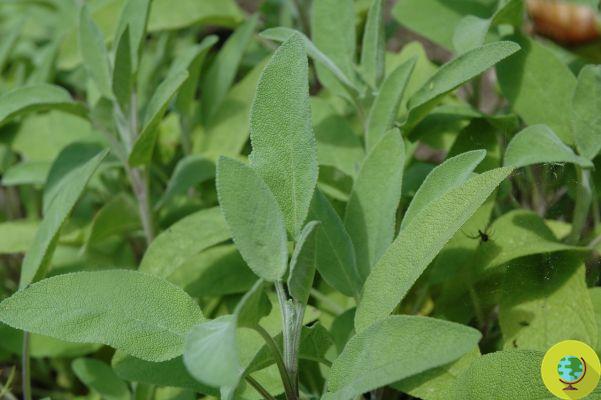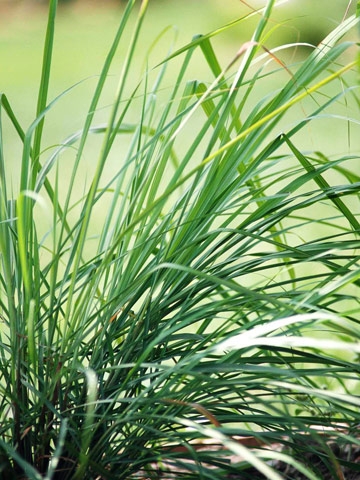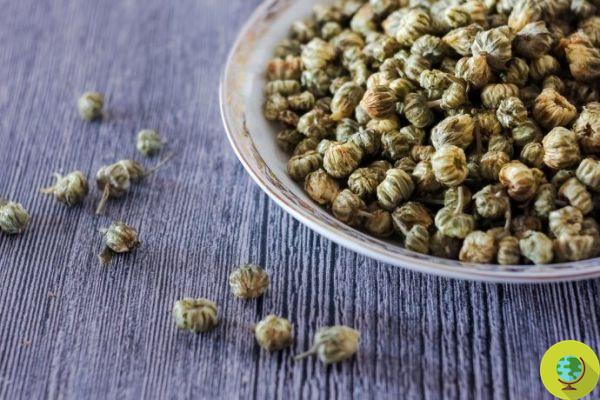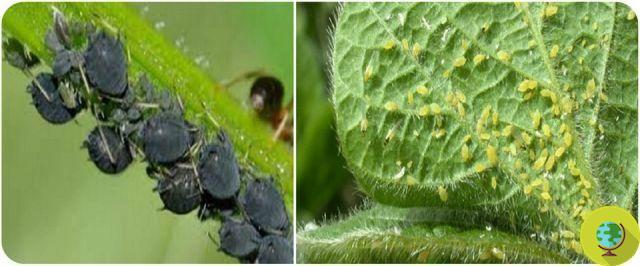Catnip (Nepeta cataria) is also known as catnip or catnip. It is an aromatic plant of the Labiatae family which due to its name is often associated with cats, why?
THEcatnip (Nepeta cataria) is also known as catnip or catnip. It is an aromatic plant from the family of Labiate which due to its name is often associated with cats, why?
The plant of Nepeta Qatari it can reach 50 centimeters in height. Its leaves are heart-shaped, green and hairy on the underside. In nature there are at least 250 different species of Nepeta cataria.
Let's find out how to recognize catnip, what are yours property, his usages and how to cultivate it.
Read also: 10 POISONOUS PLANTS FOR CATS
Index
How to recognize catnip
You can recognize real catnip - which is very different fromfiliform catnip - from the fact that it is an aromatic, perennial plant, whose leaves smell of mint. Its stem is erect and woody, gray in color. Its flowers are panicle-like and have a pinkish-white color, or lilac, or may have red spots.
Properties of catnip
Catnip has the characteristic of containing a substance in the leaves, stems and roots insect repellent. It also contains menthol, which gives it the mint scent which allows you to recognize it.
Catnip has to do with cats as it contains a substance called nepatalattone, an analogue in the plant world of cat pheromones. This plant has a neuroactive action towards the cat.
Consequently many cats, especially when young, are reactive to the presence of catnip and are sensitive to its smell and the substances it contains.
When faced with catnip, a cat will most likely have the following reaction: it will smell it, approach it, rub it on the plant, lick it, chew it, purr and roll on the ground for a while.
To sum up, catnip:
- It is insect repellent
- Attract cats
- It has a euphoric effect
- Contains menthol
- It has a neuroactive action on cats
- It is a mosquito repellent plant
Uses of catnip
What are the main uses of catnip? The uses of this plant affect both pets and humans.
As for cats, it is useful to rub the Nepeta cataria on scratching post to convince our cats to use it and thus be able to 'save' other surfaces in the house.
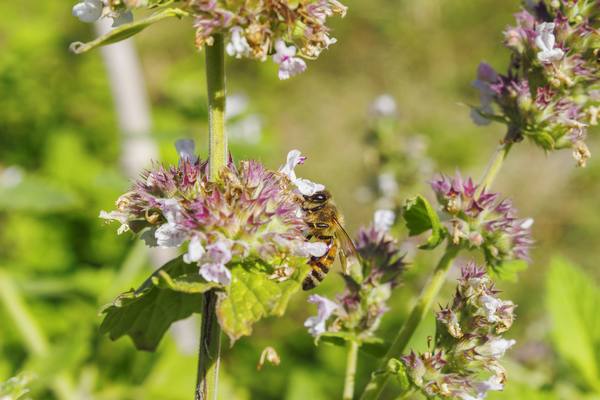
For our health, on the other hand, catnip is used in the preparation of natural remedies which can help with some simple ailments. Catnip in humans is used as:
- Antispasmodico
- Stimulating
- In case of contractures
- In case of insomnia
- Against stress
- Intestinal cramps
- Menstrual cramps
- Remedy for bronchial catarrh
- Digestive remedy
- Sedative remedy
- Useful in case of headache
- Enemas with infusion of catnip to treat feverish states
One of the main uses of Nepeta cataria is to exploit it at home and in gardens as an anti-mosquito plantre.
From one study conducted entomologists at Iowa State University revealed that this plant results ten times more effective than chemical insect repellents based on DEET.
Nepeta cataria has the benefit of repelling mosquitoes but at the same time attracts bees. It is therefore a suitable plant to create a garden for bees.
Read also: BEES: LET'S SAVE THEM WITH A FLOWER. HERE ARE WHICH TO PLANT
How to grow catnip
Growing catnip - Nepeta cataria - is very useful because it is an anti-mosquito plant that allows you to keep insects away from your home and garden without having to use insecticides and pesticides.
La flowering catnip happens from May to August. It is a plant indeed easy to grow and that requires little care. It is a very resistant plant that knows how to defend itself from insects and parasites.
Read also: 5 MOSQUITO-PROOF PLANTS EASY TO GROW
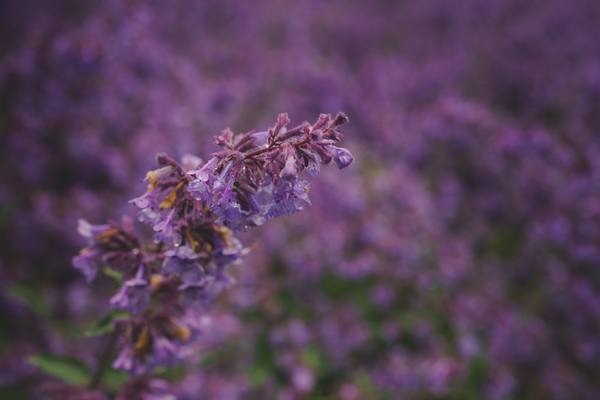
La ideal position for this plant it is sunny or partial shade. To cultivate it you can buy a Nepeta cataria plant to transfer to one of your pots or in the garden or you can look for the seeds and plant them in spring. Choose well-drained soil enriched with peat.
At the time of decanting, fertilize the plant with del homemade compost which will serve as a natural fertilizer. Water the plant regularly 2 or 3 times a week, avoiding stagnation in the saucers.
In autumn and spring, when necessary, you can take care of repotting by moving the plant to larger pots. It resists both high and low temperatures but if you fear frost, move your catnip pot indoors in winter.
Contraindications of catnip
As for cats, catnip it has no contraindications or side effects scientifically proven. Other plants, such as valerian, have a similar effect on cats, but are still not considered dangerous for them. However, some cats may be more susceptible than others to the effects of catnip, with some temporary influence on their behavior.
As for humans, catnip it does not contain alkaloids that can be addictive. Catnip it is not a drug with psychedelic effects.
Filiform catnip
Beware of do not confuse real catnip with filiform catnip, the one that is usually grown in pots to give to house cats. Filiform catnip is actually a composition of selected grasses that have the right characteristics to help the cat expel the hairballs that accumulate in the stomach. The filiform catnip causes vomiting thanks to which the cat is able to expel the ingested hair.
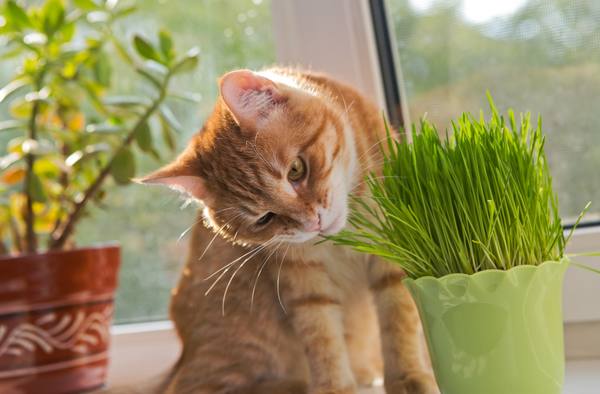
The cat it needs filiform catnip especially during the moulting period. Filiform catnip and Nepeta cataria are two different plants and have nothing in common. The filiform catnip is however useful to our cats precisely because of the need to expel the hair. Better to give cats some chopped threadlike catnip so that it is easier for them to vomit it out.
Filiform catnip, how to grow it
Filiform catnip can be found ready-made in jars in supermarkets and pet shops. To keep it alive, just water it from time to time. You can keep the pot of weed cat on the balcony, in the garden or even at home but better to place it away from direct sun so that it does not dry out quickly.
You can also find the seeds of filiform catnip for sale, to be planted in a jar with fresh soil and watered regularly to have it available in a couple of weeks.
Marta Albè





